These 5 Tenet theories will completely change how you understand the movie
It's time to discover the best Tenet theories
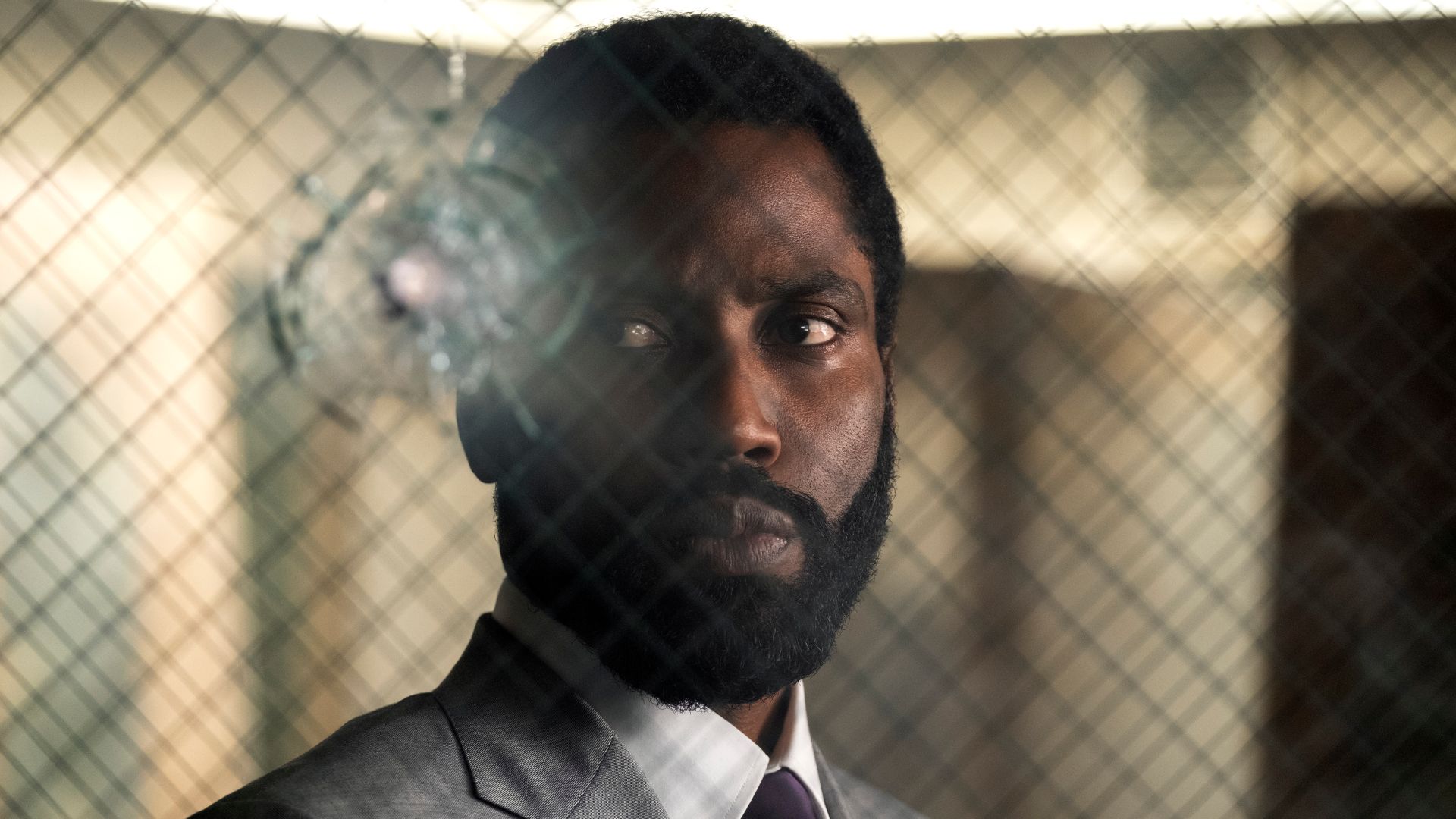
Coming up with your own Tenet theories is half the fun, surely? Christopher Nolan’s mindtrip of a movie is now available to rent and buy on digital storefronts and you’ve probably got a lot of questions that were left unanswered. Well, we’ve tried to answer them here – our rundown of some of the best Tenet theories might just make you see the movie in a whole new light. There are surprise character revelations, talk of prequel/sequels, and even a shared Nolan-verse for those who can’t go five minutes without thinking about a cinematic universe.
These Tenet theories will not only enrich your inevitable rewatch, but hopefully give you a greater understanding of the time-bending thriller. Spoilers for Tenet follow, so don’t read ahead unless you’ve already seen the movie. And if you need more context on the movie, check out our extensive Tenet ending explained piece. There’s science and everything.

Neil is Kat’s son
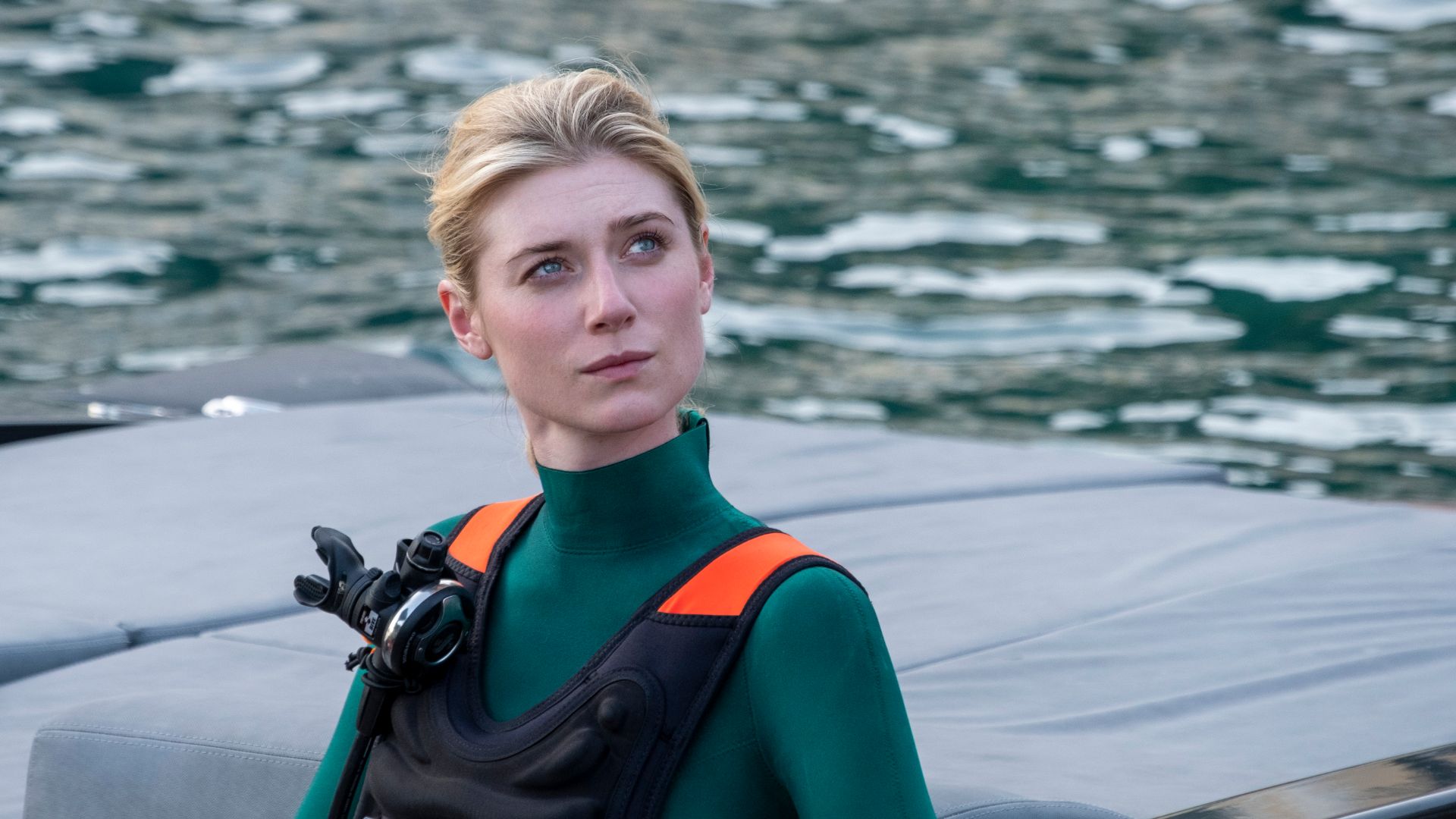
By far the most popular Tenet theory doing the rounds is that Neil – the posh British spy played by Robert Pattinson – is actually Max, the child of Kat (Elizabeth Debicki) and Sator (Kenneth Branagh).
How? That all comes down to time inversion, naturally. Max eventually grows up and meets John David Washington’s The Protagonist in the future. There, the now-older Protagonist – who founded the Tenet group – makes Max invert and head back in time to before the Protagonist does opera heist. Why before then? Because we actually see Neil at the opera – he even saves The Protagonist. Just go back and watch that scene, and keep an eye out for the orange backpack tag. This would mean, going forward, Neil/Max is armed with the knowledge to defeat this own father. One compelling piece of evidence that points to this being true is Max is short for ‘Maximillian’ or, in French, ‘Maximillien.’ Backwards, that’s Neillimixam, or ‘Neil’ for short. Mind. Blown.
However, the ages and timelines don’t quite match up. As we know, it takes one hour to invert back one hour. With that in mind, Max would have had to have inverted himself at a very young age – the maximum age he could have been would be 15 years old, as he would then need to invert for 15 years to be the 30-year-old Neil we see in Tenet. Also, 15 years of oxygen so he can invert all time... The Protagonist could also keep young Max in one time period by constantly inverting – but that seems like an awful way to grow up
Here’s who might have invented the Algorithm
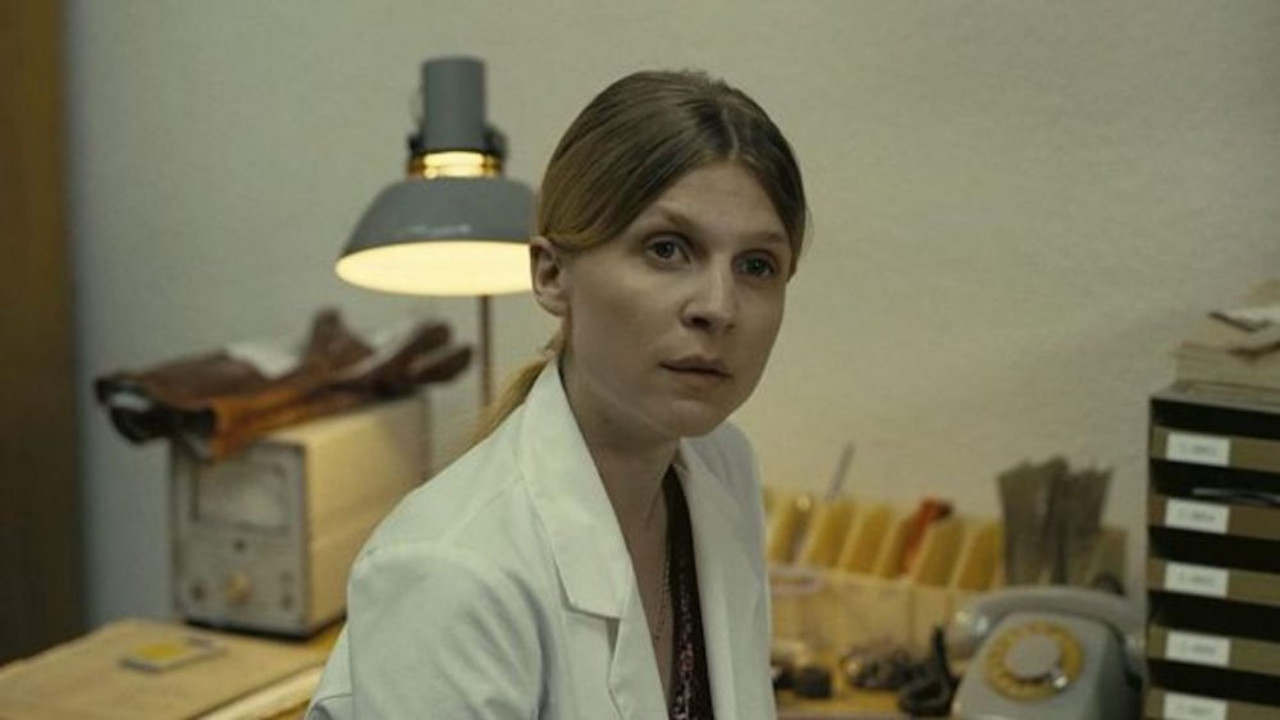
The Algorithm is certainly powerful – it can destroy all of the past to save the future and its natural resources – but who invented it?
This one might make your head hurt. Now, we know the Algorithm was invented by an unnamed female scientist who took her own life not long after she realised the power of her creation, hoping to take its secrets to the grave.
Sign up for the Total Film Newsletter
Bringing all the latest movie news, features, and reviews to your inbox
That happens decades after the events of Tenet. But we might have already seen its creator – the female scientist played by Clemence Poesy who appears at the beginning of the movie and explains time inversion to the Protagonist.
Nolan loves his exposition but, even then, Poesy’s character knows a little too much about time inversion. How so? She may have ended up researching and discovering it decades down the line and then sends that information back – either through an inverted person or other time inverted means – to her younger self.
There, she gains a rudimentary understanding of time inversion and is also able to dedicate her life to the Algorithm in her later years. Then, the cycle repeats. She only understands how to build the Algorithm because she taught herself. I told you it would make your head hurt.
Sator was always meant to fail
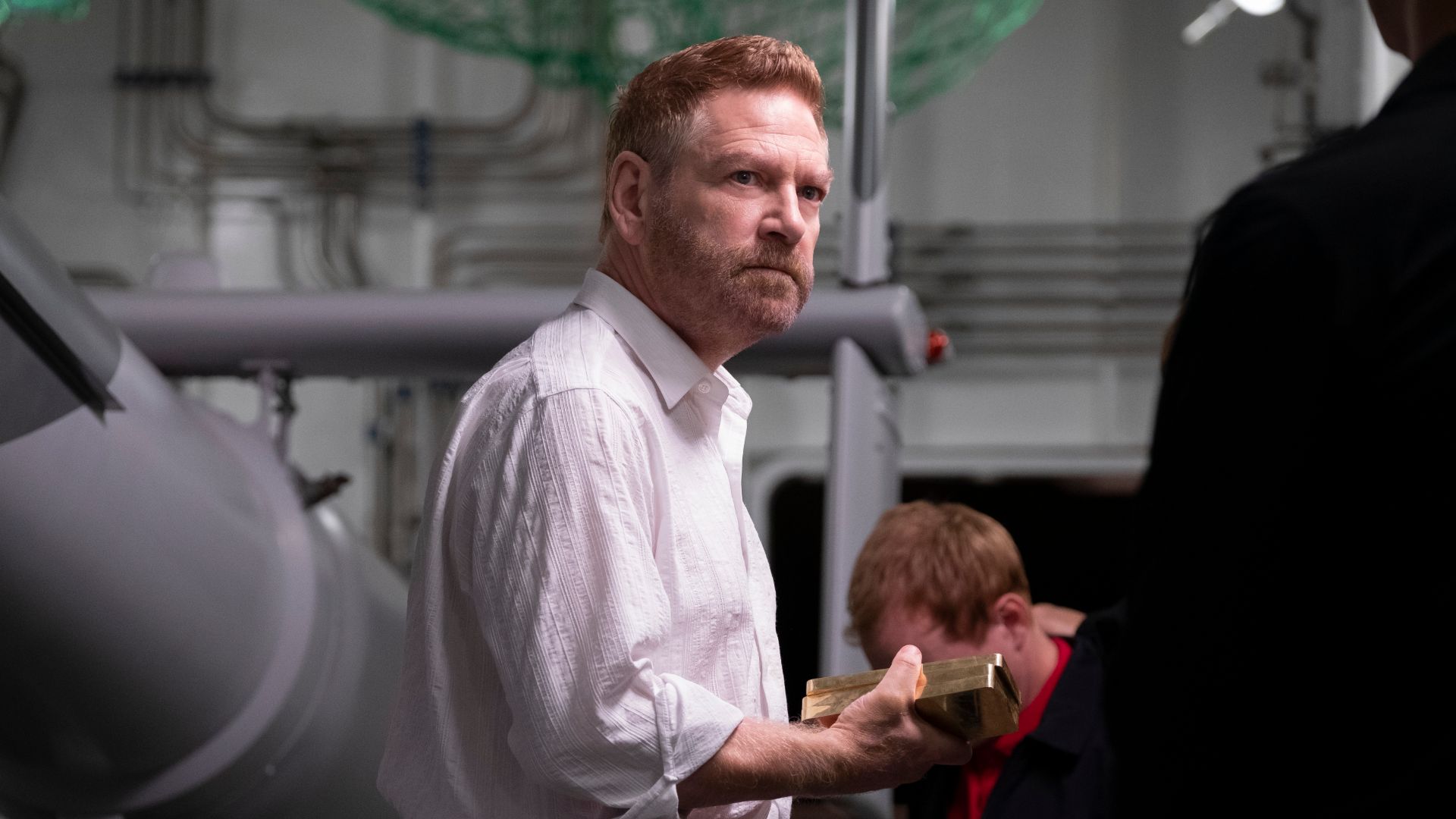
In the final act of Tenet, Sator reveals the ace up his sleeve: a kill switch that is tied to the Algorithm. If he dies, the Algorithm is activated. Future Sator (who arrives on the boat and confronts Kat after Past Sator heads to the opera house to get a piece of the Algorithm), has a suicide pill he’s swiped from the CIA that will do the job nicely and ensure the future is saved.
However, we already know from the movie’s opening 20 minutes – after the Protagonist tried using his own CIA-brand suicide pill – that the CIA only use “test” pills that don’t actually work.
The Protagonist may have arranged for Sator to come into contact with what he thought was a working cyanide capsule, only for it to be a fake. He could even have left it in his quarters on purpose while staying on Sator’s yacht.
Either way, the result is the same: The Algorithm was never going to activate. After all, if it already had then the events of Tenet couldn't have happened because the past would have been wiped out. That's because precautions were put in place so that, should Kat have failed in stalling Sator, the pill wouldn’t have worked. How’s that for a safety net?
We might have already seen parts of the Tenet ‘sequel’

Robert Pattinson’s Neil explains at the end of the movie that, while his journey is coming to an end, he’s already shared a long (and lively) friendship that The Protagonist has yet to experience. That’s because the (older) Protagonist will, after the events of Tenet, recruit a younger Neil and they’ll have plenty of “adventures” together in Neil’s words.
The more optimistic among us will have read that as Nolan planting seeds for a potential Tenet sequel or spin-off, one where the duo go globe-trotting and shut down several time-inverted sleeper cells.
But we’ve already seen part of what Neil is talking about. He’s present at the opera house and rescues the Protagonist (check out his red backpack cord) from an untimely death, presumably because he was told to be there at that exact moment to save him. Who by? The Protagonist, of course. If Nolan ever does get around to a Tenet sequel, don't be surprised to see either of those two scenes being the movie's ending, thereby completing the cycle.
The ‘Nolan-verse’
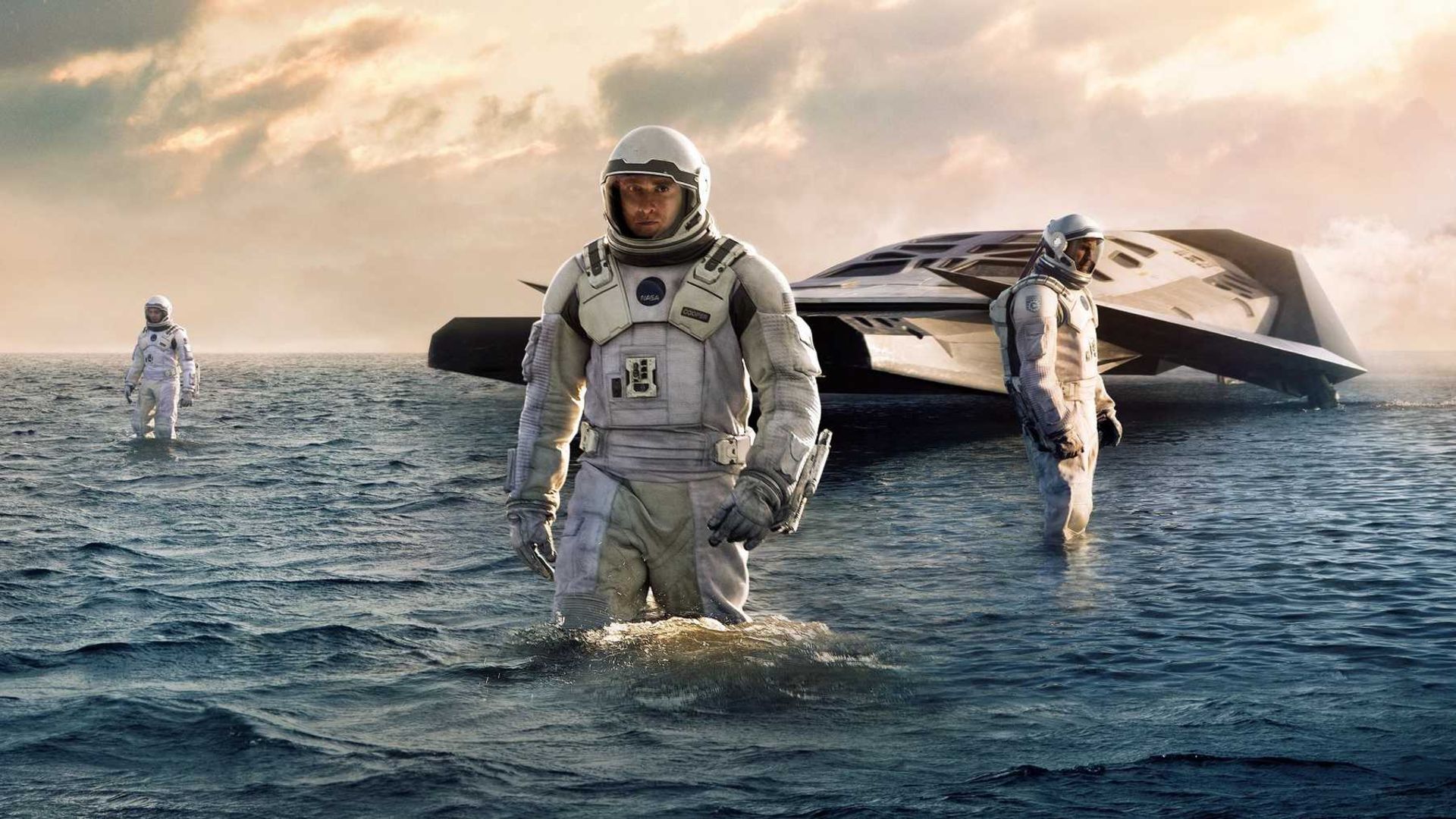
If your brain hasn’t already been well and truly scrambled, here’s one more Tenet theory, courtesy of Twitter user @movieshardy. They posit that Tenet, Interstellar and Inception are all set in the same universe.
Firstly, Neil and the female scientist played by Clemence Poesy are Cobb’s children from Inception. The similarities are there – if a little tenuous.
More interesting, though, is the links between Tenet and Interstellar. In Interstellar, the Earth of the future is effectively uninhabitable. Coincidentally, that’s also the fate of the Earth in Tenet’s future, one which is trying to be prevented by putting together and activating the Algorithm.
Could mysterious powers-that-be from the future who are working in the shadows to save the world (but erase the past) in Tenet also be from the same world and timeline as those in Interstellar? It’s not too far out there – but now we have the Multiple Michael Caines theory to worry about…
I'm the Senior Entertainment Writer here at GamesRadar+, focusing on news, features, and interviews with some of the biggest names in film and TV. On-site, you'll find me marveling at Marvel and providing analysis and room temperature takes on the newest films, Star Wars and, of course, anime. Outside of GR, I love getting lost in a good 100-hour JRPG, Warzone, and kicking back on the (virtual) field with Football Manager. My work has also been featured in OPM, FourFourTwo, and Game Revolution.



